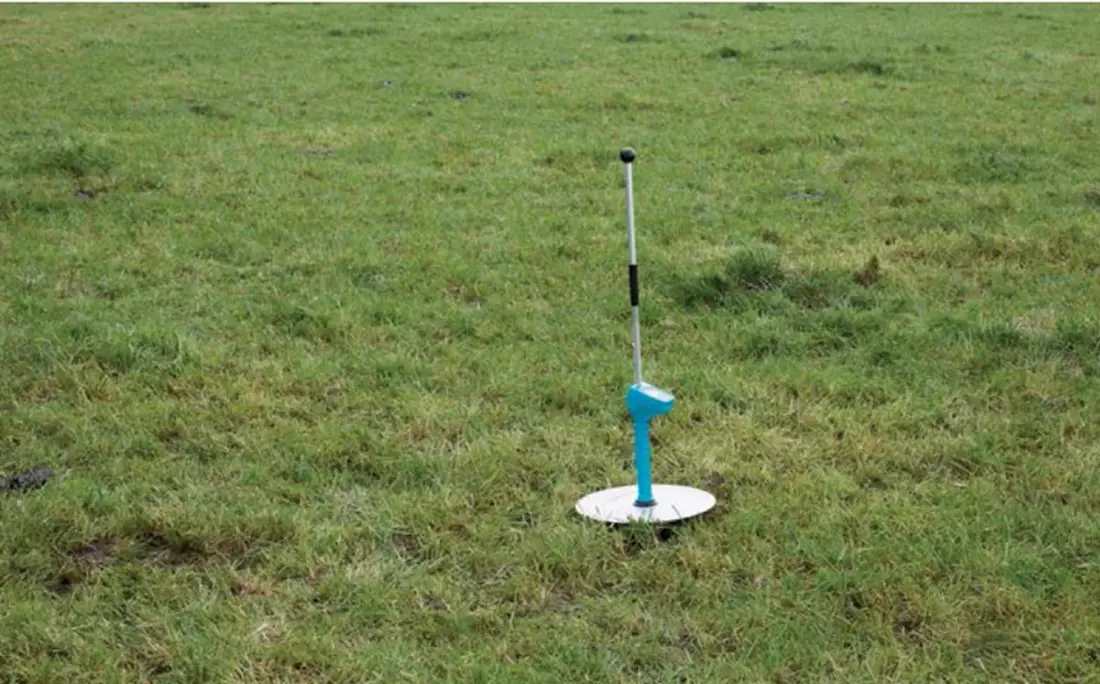Pasture allocation
3 min read
The purpose of allocating pasture accurately is to optimise both animal performance and pasture eaten per hectare. Pasture allocation affects the quality and quantity of pasture at future grazings. Accurate pasture allocation requires pre- and post-grazing target pasture masses, measuring regularly, and planning the grazing event.
Over 12 months most paddocks will have 9 to 10 grazings. It only takes one poor grazing event to adversely impact the next 2 or 3 grazing events or the long-term production of that pasture.
Calculating your pre-grazing cover will support you to achieve post-grazing residual targets, good animal performance and enable accurate pasture allocation.
Pre-grazing cover can be calculated using this equation:
(Stocking rate (cows/ha) x desired pasture intake (kg DM/cow/day) x rotation length (days)) + optimum post-grazing residual (kg DM/ha) = pre-grazing cover (kg DM/ha)
Grazing residuals are the key indicator of pasture utilisation. Poor pasture utilisation results in high post-grazing residuals, i.e. pasture wastage.
High post-grazing residuals will suppress pasture growth rates and will reduce pasture digestibility at the next grazing, impacting animal performance.
In late spring, perennial ryegrass tillers move from vegetative to reproductive growth. This leads to stem elongation, and these reproductive stems contain high levels of fibre. This may lead to slight increases in post-grazing residual height if not managed well. If this continues then when feed becomes short, cows could be forced to eat lower quality pastures.
Achieving target residuals in spring will reduce the number of reproductive tillers, minimising the higher grazing residuals that could otherwise occur.

For a ryegrass clover pasture, a consistent, even grazing height, few or no clumps, will be 7-8 clicks on the rising plate meter, 3.5cm to 4 cm compressed height or 1500 - 1600 kg DM per ha in spring.
The plate meter will overestimate residuals where there are weeds or there is pugging damage.

It is important to have pasture growth information for your farm for strategic planning such as, annual feed budgeting, identifying underperforming paddocks, and for tactical management such as, predicting a surplus situation.
Pasture growth is measured in kg DM/ha/day. Working out the growth rates for your farm requires good record keeping. In most cases, software available for feed wedges and pasture data can calculate growth rates at a farm level.
How to calculate growth rates
What you need: a board or spreadsheet to record each grazing date for each paddock and to record the corresponding pre-grazing cover and post-grazing residual.
This information can then be used as a guide for the next grazing round and following seasons. Saving this information will allow you to build up a file of data that can be used for feed budgeting purposes.
Managing grazing yield, pasture mass and leaf stage at grazing will enable correct decisions of the order paddocks are grazed, ensure the right pre-grazing and post-grazing targets are chosen, and that targets are achieved.
Understanding your target covers will support you to set the correct rotation length. Rotation length should be set based on the assessment of the leaf stage for your farm while ensuring the paddocks are grazed within the desired pre-grazing range.
Other things to consider for effective grazing management are:
High grazing intake
To achieve intakes of 16-18 kg DM/cow/day, pre-grazing pasture mass must be between 2800-3200 kg DM/ha.
This will maintain high-quality pasture in front of the cows and make it easier for them to reach 1500-1600 kg DM/ha (3.5-4cm) grazing residuals.

Now’s the perfect time to check in, plan, and set up for a strong season. We’ve pulled together smart tips and tools to help you stay ahead all winter long.
Whether you prefer to read, listen, or download handy guides, we’ve got you covered with trusted tools to support your journey every step of the way.
Put our proven strategies and seasonal tools to work. Boost production, support animal health and watch your profits hum.
Tools that are backed by science, shaped by farmers and made for this season.
That’s Summer Smarts.